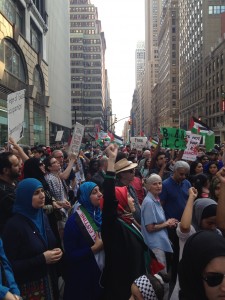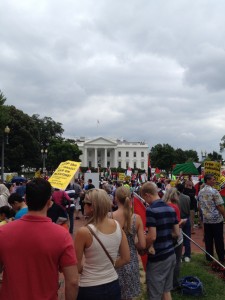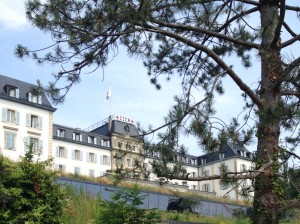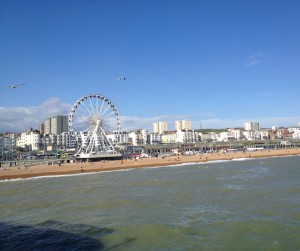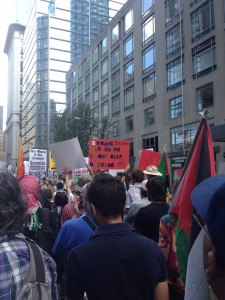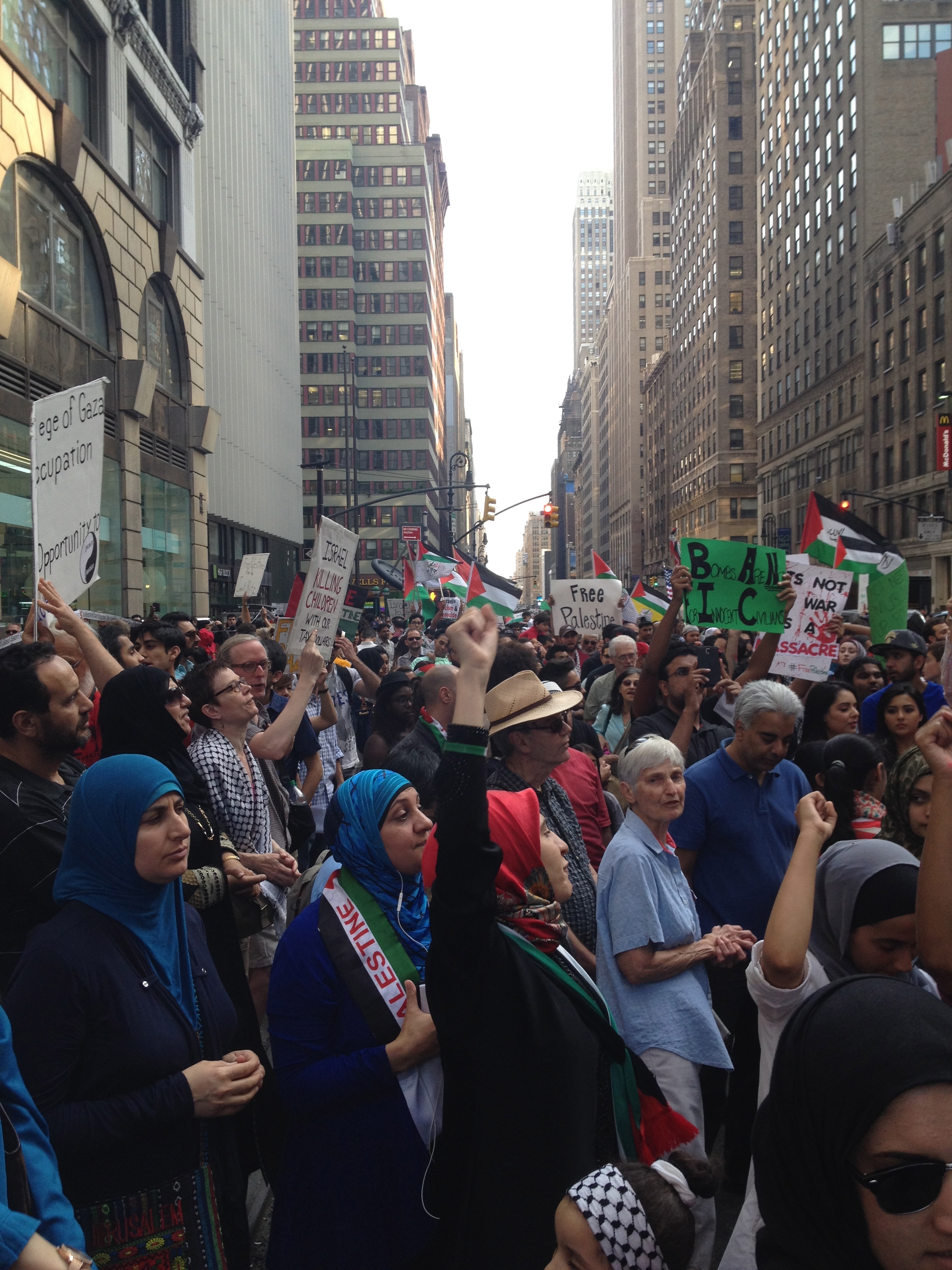My research project examines the intersection of environmental issues and human rights violations in Palestine and Israel with a focus on water access and quality in the West Bank and Gaza. A tragic outcome of the terrible situation in Palestine is that the very human rights concerns I planned to investigate have been dramatically worsened as a result of the Israel Defense Force’s Operation Protective Edge in the Gaza Strip. Gaza’s infrastructure has been devastated by the ongoing attacks. According to Emergency Water Sanitation and Hygiene, a coalition of 27 organizations working in the water and sanitation sector in the occupied Palestinian territory, as of July 23, 2014 water supply to over 2/3 of the population of Gaza has been halted or severely interrupted. 2,016 people have been killed in Gaza, and over 10,000 have been wounded. In short, Gaza is experiencing a humanitarian crisis.
In the beginning of the summer, I participated in an international policy program in Geneva, Switzerland that included site visits to the European Headquarters of the United Nations, the International Committee of the Red Cross, the United Nations High Commissioner for Refugees, and the World Health Organization. Then, in July, I attended a conference on Sustainability, Energy & the Environment in the U.K. Part of my aim in participating in these opportunities was to prepare for my research trip to Palestine and Israel this summer. Due to the war currently being waged on Gaza, sadly my trip was postponed and I am now hoping to visit later this year, at which time I plan to visit cities including Ramallah, Hebron, Jerusalem, Bethlehem, Tel Aviv, and Haifa, and will conduct interviews with activists, NGO representatives, and researchers based primarily in the West Bank and throughout Palestine and Israel. Although this travel element of my project has been delayed, I was able to gain a deeper understanding of how international actors influence the situation in Palestine through the various site visits and seminars in Geneva, and the conference I attended was highly beneficial for placing environmental crises in Palestine in a global context.
When back in the U.S. I have participated in a multitude of protests to support Gaza. Rallies in New York that I have attended include a march from Times Square to the Israeli Consulate with an estimated 2,000–3,000 protesters, and a march from Columbus Circle to the United Nations, with stops at CNN and Fox News along the way. I traveled to Washington D.C. where I took part in a march through the downtown area with over 10,000 protesters, beginning and ending in front of the White House. Protesters traveled from all over the country, including from states as far away as Illinois, Ohio, and Florida, to partake in this march. I have spoken with activists from a variety of different backgrounds and nationalities, and each of these conversations has provided great insights and context as I pursue my research. All of these protests have been entirely peaceful with one common theme—end the violence in Gaza.
An event I attended at The Cooper Union featured a speech by historian and author Ilan Pappe as well as a partial screening of the film “One Family in Gaza.” The film follows the Awajah family after the killing of their 9-year-old son during the 2008 attacks. The father heartbreakingly describes the shooting of his son, the post-traumatic stress experienced by his other children, and the family’s painstaking efforts to rebuild their home—only to have it destroyed once again during this summer’s Operation Protective Edge. As I continue my research, stories like this—including the family’s tremendous strength and resilience in the face of utter destruction and loss—stick out in my mind as powerful evidence of why, when researching this extremely complex issue, awareness of and concern about the human toll must always be one’s foremost priority.
